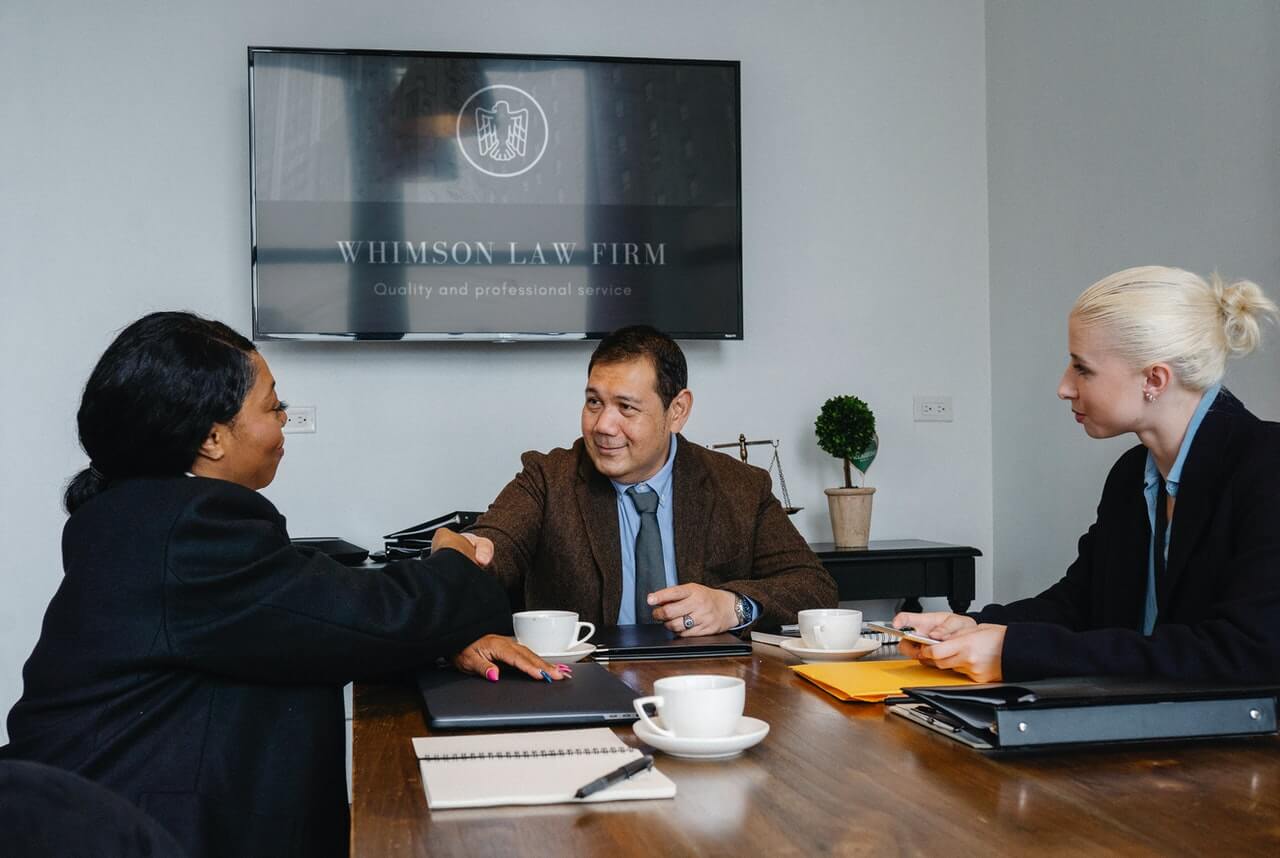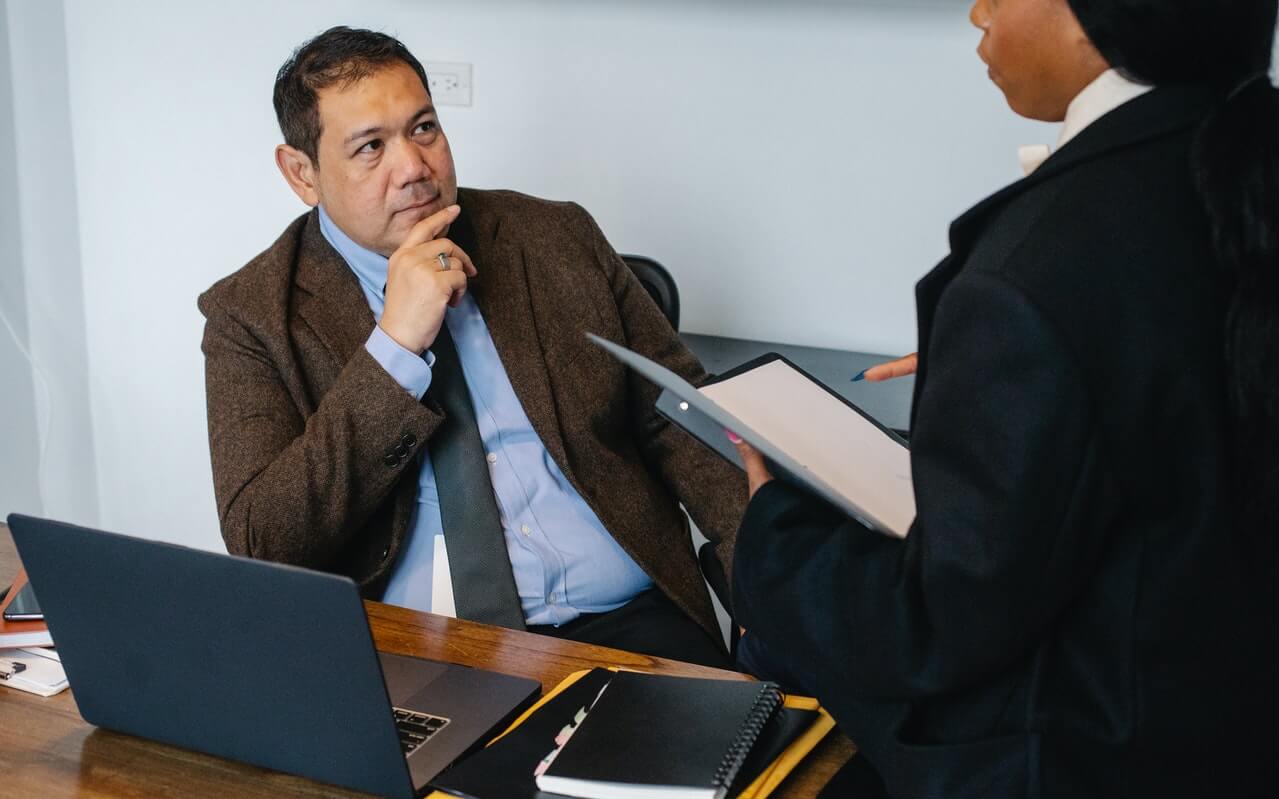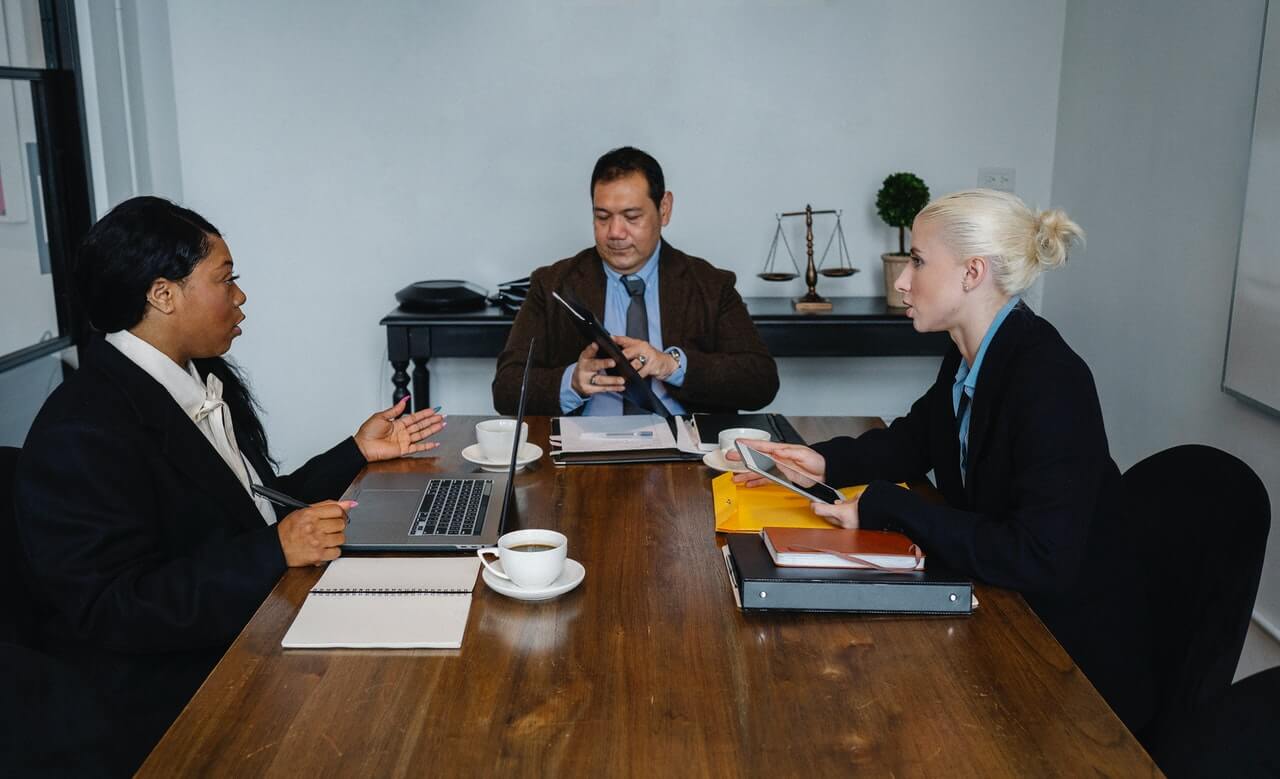Endowment Campaigns are often thought of as another type of Capital Campaign, but there are two major (and some minor) differences between these types of fundraising efforts.
• A capital campaign primarily raises funding
for tangibles – bricks-and-mortar and
equipment, sometimes programs. An
endowment is a “savings account” from which an organization typically uses
only the interest to help fund programs.
• A capital campaign is designed to satisfy an “urgent” need – building
repairs, equipment purchase/replacement or the construction of a (new)
home for the organization and its programs. Creation of an endowment is
almost always desirable, but it’s never urgent.
Although, on occasion, a capital campaign may include some effort to create-or-add-to an organization’s endowment, the prospective donors for gifts targeted for the endowment comprise a small segment of your overall constituency.
It takes a specific mindset to see the value in creating that “savings account,” especially during the urgency (for tangibles) of the usual capital campaign. Prospects for endowment gifts tend to fall into one-or-both of the following categories:
• The Fiscally Knowledgeable: Those individuals (often involved in running
businesses) who understand the benefit of having a large enough
“savings account” such that the interest can/will fund the operation of
(one-or-more of) an organization’s programs, or (ideally)
can/will fund total operation of the organization.
• The Ego Driven: Those individuals who would like to make a contribution
that would become a “separate” endowment, funding all or part of a
specific program, and having their name (or that of someone they’d like
to honor/memorialize) attached to that endowment.
I use the word, “ideally,” with the awareness that this would be a very unusual situation. Most nonprofit organizations, including the largest, are focused on raising enough money to get through this year … and, maybe, expand their program a little bit.
Even the largest universities, with billion dollar endowments, don’t have enough ongoing income to fund all of their programs and scholarships. The ideal is that, someday, their endowments might generate sufficient income for all their needs; but, right now, NPOs can only look upon creating/having an endowment as … wouldn’t-it-be-nice!!
A final thought: Since a “campaign,” by definition, is of limited duration, and fundraising efforts for endowment tend to be ongoing … endowment fundraising is often part of an organization’s major gifts program.
=-=-=-=-=-=-=-=-=-=-=-=-=-=
Have a comment or a question about starting, evaluating or expanding your fundraising program? With over 30 years of counseling in major gifts, capital campaigns, bequest programs and the planning studies to precede these three, I’ll be pleased to answer your questions. Contact me at [email protected]
=-=-=-=-=-=-=-=-=-=-=-=-=-=
Have you seen The Fundraising Series of ebooks ??
=-=-=-=-=-=-=-=-=-=-=-=-=-=
If you would like to comment/expand on the above, or would just like to offer your thoughts on the subject of this posting, we encourage you to “Leave a Reply” at the bottom of this page, click on the feedback link at the top of the page, or send an email to the author of this posting.










